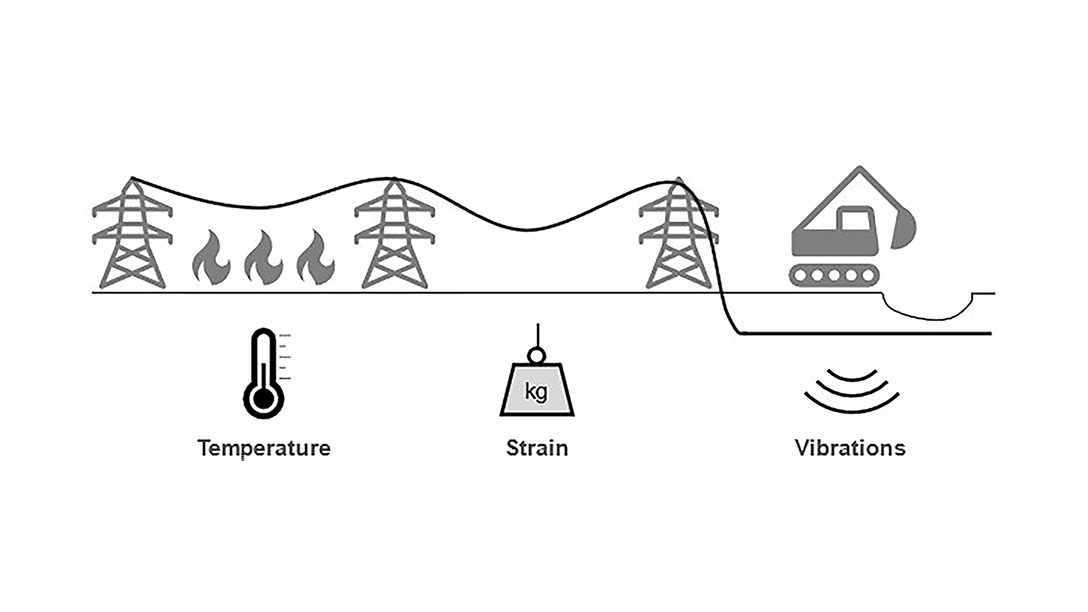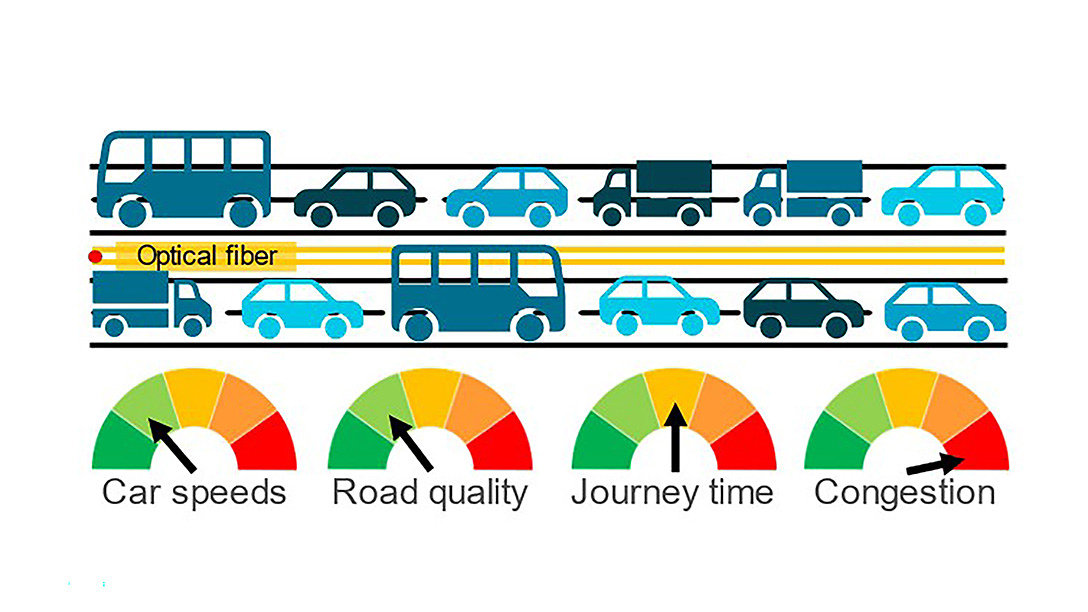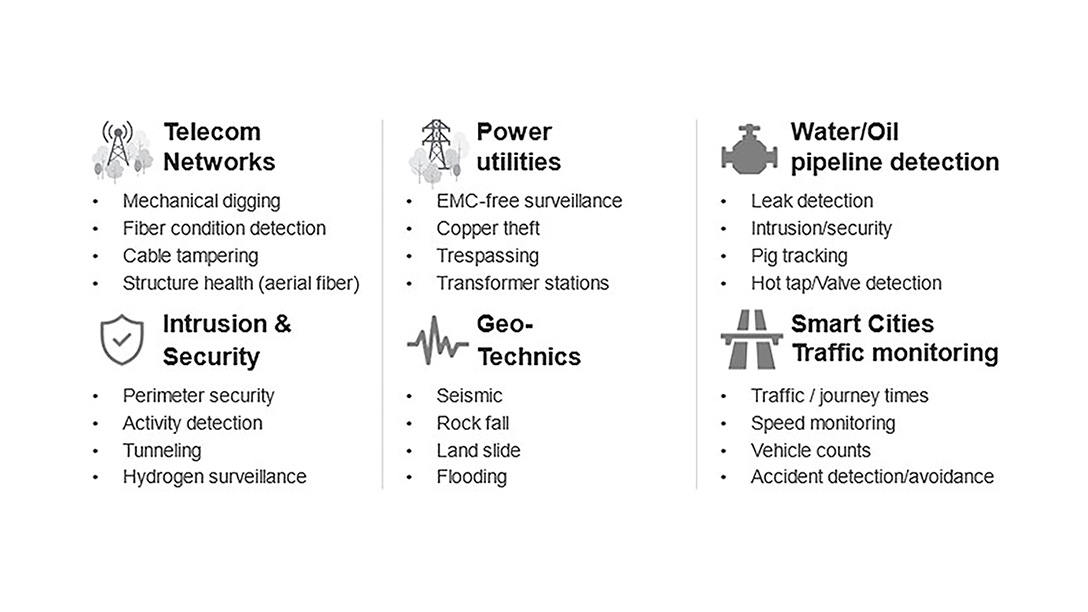The power of active OTDR monitoring
Let’s start with the basics of OTDR. Telcos have long used portable OTDR test sets for on-demand measurement and diagnosis of fiber optic lines. The problem with this approach is that it’s event-driven and requires technicians to drive to the site before manually attaching the OTDR test set.
- You might start with an initial qualification or birth certificate of a new line. Drive, attach, test, remove.
- You get a call from a customer regarding an outage. Drive, attach, test, remove.
- You splice in a new splitter for GPON. Drive, attach, test, remove.
You get the picture. But with active OTDR monitoring, you can continuously and automatically monitor your fiber infrastructure.
- Once a fiber is installed, you have an initial birth certificate – automatically.
- You can see if there are degradations over time, e.g., increased loss due to water absorption – automatically.
- You get an immediate alarm if there’s a break in the fiber and an indication of exactly where it occurred – even with GPON. Automatically, of course.
Adtran’s ALM active monitoring solution is effective, economical and available today. See here for more information.
But it works by monitoring optical amplitude, so there are limitations on what external events it can detect. To expand that range, we need to move to coherent OTDR.
Coherent OTDR extends protection
Coherent OTDR extends monitoring from just amplitude to also include phase. But why is that important? External stimuli like vibration, temperature and strain typically do not affect the amplitude of the reflected signal, so standard OTDR won’t see them. But they will cause changes to the optical phase, which coherent OTDR can detect.
What types of monitoring applications does coherent OTDR enable?
Smart grid surveillance
Let’s start with monitoring a power line by co-locating a fiber, as shown below.



